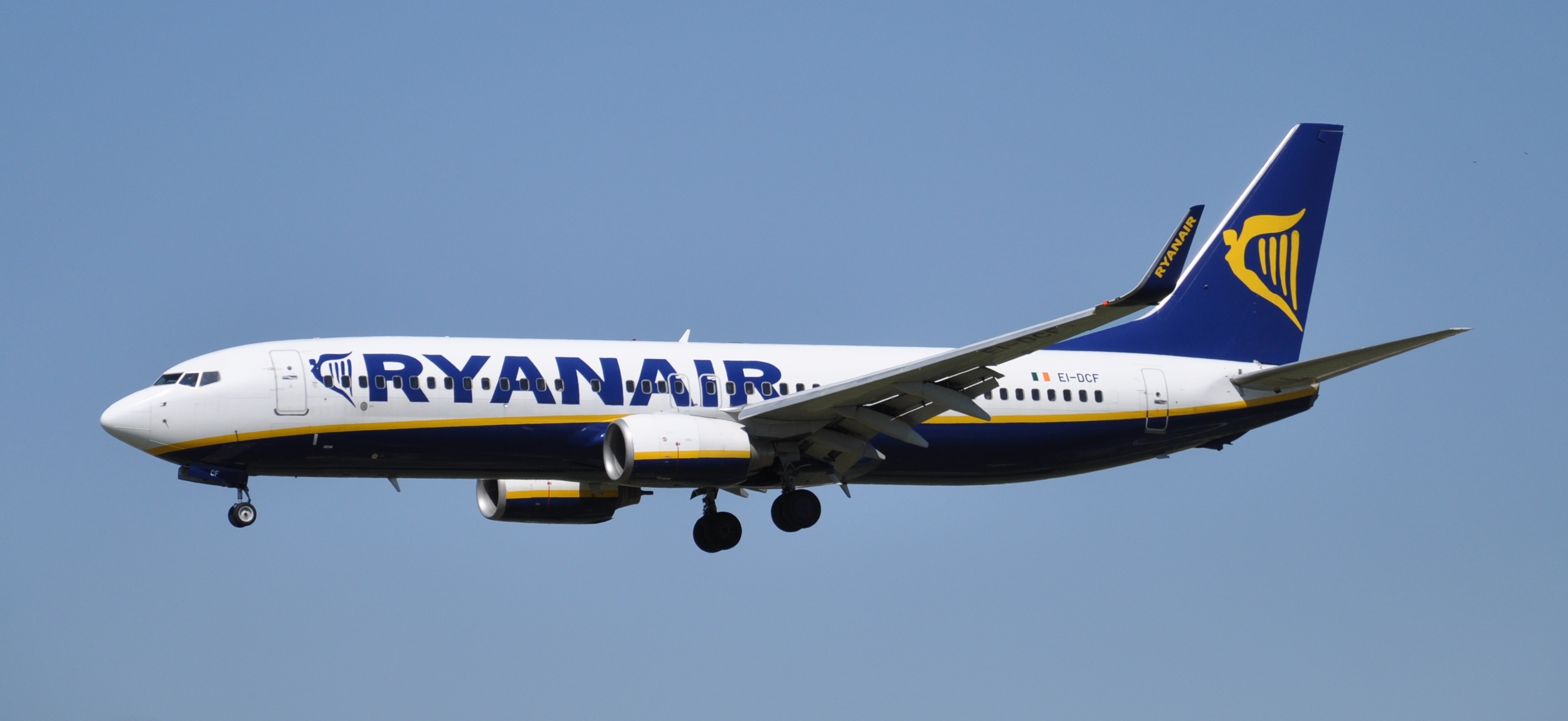Different paths to airline hybridisation (guest-post by Luca Siragusa)
Introduction by the editor
As low cost airlines start offering more services and options and legacy carriers find themselves under intense pressure to cut costs (some even creating their own branded low cost airlines), a new term has become ubiquotous in the airline industry: "hybridisation".
We already spoke about airline hybridisation some time ago, after an interesting seminar at the annual Airneth conference, where a method was presented to calculate the "degree of hybridisation" of different airlines. However, I feel this topic is important enough to deserve further attention: as low cost carriers move up-market and traditional carriers move down-market, are they all going to converge at some middle-ground? Do "hybrid airlines" share some common traits?
Luca Siragusa, the new contributor to this blog, has done extensive research on this matter, evaluating how the low cost airline model and, later on, the "hybrid airline model" have evolved in different geographies. In this guest-post he provides an outline of this research and findings.
About the author:
Luca Siragusa is a tourism management graduate of the Libera Università di Lingue e Comunicazione (UILM), Milano, Italy and a candidate to the 2013/14 MSc in Air Transport Management at Cranfield University. His professional experience also includes a stint at Ryanair's Sales & marketing Department, in Dublin.
To contact him directly: lucasiragusa@me.com
LCCs operations in different markets: the cases of Europe, the US and Canada
One of the airline industry’s most interesting phenomena in the last decade has been the seemingly unstoppable rise of low cost carriers (LCCs) in aviation’s most mature markets.
The model initially brought to success by Southwest airlines immediately after deregulation was then applied in other markets. Initially it followed the same paradigms, adapting only when required by regulations.
No doubts about Ryanair being a low cost airline. Picture: Pau Cuevas & Esther López
With the development of LCCs in the different markets though, the adherence to the initial model is becoming increasingly unclear. Hence analysts talk today about different degrees of hybridization of LCCs.
But...what about Vueling? Is it "really" a low cost airline in the traditional sense?
Picture: Pau Cuevas & Esther López
While internal strategy choices operated by airlines certainly played a role in this process of evolution from the original model, it is interesting to look at the role played by market characteristics.
My research analysed these differences in LCCs operations in the most mature aviation markets: Europe, the US and Canada.
The author has used a series of financial and scheduling data, together with the support of interviews to key members of the industry in order to analyse the influence of the following market differences on airlines’ business models:
- Network structures;
- Distribution & sales;
- LCCs-airprot relations;
- Code share and interlining;
- Consolidation and behaviour of new entrants;
- Relations with destinations: LCCs and tourist flows;
- Cost structures.
The research is mainly based on three case study airlines – Ryanair, Southwest airlines and WestJet – but also considers a wider series of carriers in some so-called control groups, for a total of 9 airlines analysed in the three markets. The quantitative comparison of the carriers analyse had been carried out thanks to the application of a set of metrics designed by Mason & Morrison, which are especially aimed at comparing airlines business models by using scheduling and financial data.
Thanks to the support of a series of interviews with professionals in the airline industry from all the markets analysed, and with the empirical support of scheduling and financial data, a clear picture of the market situation in the three markets has emerged.
The findings
The research found that not only market differences influence the way LCCs operate and their effect on tourist flows, but that the specific characteristics of each of these markets has determined a different evolution from the “pure LCC model” and its own path to hybridisation.
The hybridization patterns differ according to the markets in which LCCs operate, and have brought some carriers – especially in Europe – to keep their attention on costs, while others – in Canada and the US – to make some trade-off between costs and revenues in order to attain higher yielding traffic.
The overall cost of flying is influenced not only by LCCs’ strategy choices, but also from the overall system around them.
The most interesting result in this respect is the difference in airline-airport relations in the three markets, and its effect on average fares and the overall cost of flying. The way that public entities and tourism destinations have chosen to relate with LCCs also differs substantially in the three markets.
This difference in airports and destinations approach to LCCs has strongly influenced the latter’s route networks. LCCs in the US and Canada have been adding capacity on dense routes, while European carriers have tended to expand the number of city pairs served without adding the same amount of frequencies.
The findings can represent a useful insight for industry practitioners as it gives an idea of the influence of certain market characteristics on LCCs operations. Where no regulatory barrier stand in the way, some practices could be applied to other markets and, although the resulting outcome is not certain, they may represent a sparkle of innovation in an industry that struggles to reinvent itself.

